Pasta and pizza are the most iconic of all Italian foods.
You all probably have heard spaghetti alla carbonara, or alla Bolognese, two of the most popular pasta recipes in the world (although we don’t eat spaghetti with Bolognese sauce in Italy, we rather use tagliatelle or fettuccine. And we actually call “bolognese sauce” ragù!)
I don’t have to tell you why pasta is good for your health. Nor why any kind of food, if consumed in excessive quantities is, on the other hand, not healthy at all. All you need to know from me is that pasta is quick to prepare, it comes in many different sizes and shapes and can be accompanied by an almost limitless number of sauces.
You can eat pasta every day and yet never have the same dish twice. Of course, pasta is very high in carbs, so it’s certainly not a good idea to eat it every day, twice a day.
Anyway, I’m going to tell you how an Italian cooks his pasta, the Italian being me, my method being the quintessential way we cook pasta everywhere in the country.
Cooking Pasta: Important Points
First point: “cooking pasta” means actually cooking the pasta and the sauce. While cooking the pasta itself is basically made by only one step “throw pasta in boiling water”, the sauce can be a more complicate affair. I will give you the recipes for two easy sauces, very popular in Italy. Since the basic steps are more or less the same, you can go on and create your own sauce from there.
Second point: each kind of pasta has a cooking time, usually indicated on the package. Cook pasta for less than the cooking time, and it will remain hard. Go over the cooking time and it will become softer and softer. Go well beyond the cooking time and congratulations! You have inedible glue!
We Italians like our pasta “al dente”, that means a little hard. You usually get it “al dente” by cooking it for exactly the indicated cooking time. But beware: since foreigners often prefer their pasta soft, you may find on the package a cooking time that reflects this and advises you to cook the pasta for much more time than an Italian would. Since pasta is cheap, you can throw away a little and experiment until you find your perfect cooking time.
Third point: Just do me a favor, no ketchup. No ketchup. Repeat with me: “No ketchup. Ever.”
Cooking Pasta: Ok, let’s start
Take a pot, fill it with water and put it on the stove, heat it until it boils. Put a lid on, to make it boil faster.
When the water boils, add salt. We use “sale grosso”, my dictionary calls it “cooking salt”. It’s salt in big grains of irregular shapes. You can use the finer table salt, it won’t change the flavor, but you will need a lot more and in my opinion it’s harder to measure the right quantity – but remember: I’m doing this on an almost daily basis, so I’m working out of habit here.
You may find that for you it’s easier to get the right quantity of salt by using table salt. The “right quantity of salt” is a personal taste affair, experiment until you find yours. Why must you wait until the water boils to add salt? Because salted water takes longer to reach boiling point. Adding salt right away won’t affect the final flavor, but it will lengthen the time it takes to get your dinner ready.
After adding salt, wait half a minute, then put the pasta in. Put the pasta in the water when it returns to a boil, not before, or you will ruin it!
Cook the pasta as indicated on the package, stirring the pasta often to avoid it sticking. Now, cooking pasta is simple and there are no secrets in it. But there is one trick. Pasta is like a sponge: it absorbs the fluid in which it’s immersed. Cooking it immersed in water is ok, but cooking it immersed in the sauce is better! It will be flavoured by the sauce from the inside.
So here’s the trick: one minute before the cooking time is over pour one or two table spoons of cooking water from the pot in the pan where you are heating the sauce, then strain the pasta out of the water and pour it in the pan, mixing it with the sauce and ending the cooking time in there. Let it heat for a minute to a minute and a half, then take the pan from heat and serve your pasta.
That’s it: true Italian style pasta.
Cooking Pasta: Sauce Recipes
The first one is a classic tomato sauce. You’ll need:
- Olive oil
- Half onion
- Pepper or chilli pepper
- Fresh basil
- Fresh or canned tomatoes
Put a tablespoon of oil in a frying pan with the onion, add tomato sauce, a hint of pepper or finely minced chilli pepper, let it heat for 5-6 minutes stirring from time to time, pour the pasta in the pan, keep cooking for a minute more. When it’s ready, take out from heat, add a few leaves of basil and serve.
The second one is a sauce made with zucchini and shrimps. You’ll need:
- Olive Oil
- A couple of cloves of garlic
- Fresh shrimps (you can boil them before using in this recipe. I never do that, but it’s a matter of taste)
- Pepper
- One zucchini (cut in rounds or sticks)
Put a table spoon of oil in a frying pan with the garlic, add the zucchini, the shrimps (without shells) and spray lightly with pepper. Let cook on low fire for 10 minutes stirring from time to time, then add the pasta and keep heating for a minute more, stirring the mix. When it’s ready, take out from heat and serve. There you are: authentic Italian pasta. There are many non-Italian pasta recipes we all enjoy, and especially if we are in need of gluten-free recipes. One of these is the gluten-free rasta pasta.
Wow, I’ve written a lot of words for something that is actually very easy and quick to do, so let’s summarize:
- Fill a pot with water and heat on a stove
- When the water boils, add salt
- Wait 30 seconds and put the pasta in the pot
- Wait the cooking time less one minute, stirring from time to time
- When there’s one minute left, take 2 spoons of cooking water and add them to the pan where you are heating the sauce
- Strain the pasta
- Pour the pasta in the pan with the sauce
- Cook for one minute, stirring
- Take out of heat and serve
To save time, I usually prepare the sauce and start heating it while I wait for the water to boil and for the pasta to cook. You can also prepare a variety of sauces in advance and freeze them, taking them out of the freezer when you need them, letting them unfreeze naturally or microwaving them, then heating in the pan while the pasta is cooking up. You can also use commercially made sauces, there’s nothing wrong in that.
Remember: the only trick is to heat the sauce in a pan, cook the pasta one minute less than suggested, then pour it along with a couple spoons of cooking water in the pan and finish cooking the sauce and the pasta together in the pan.
Please check also “How NOT to cook pasta“.
Buon appetito!
Edited by Francesca Bezzone

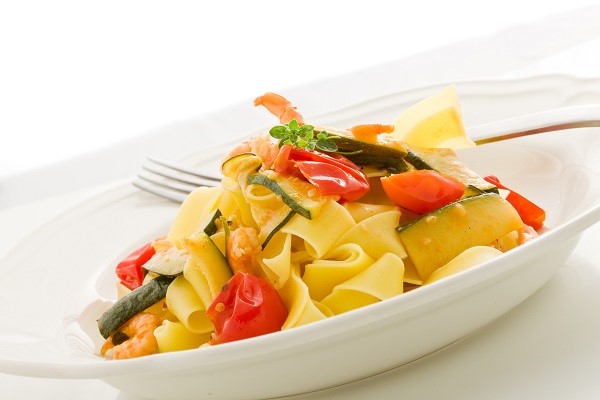
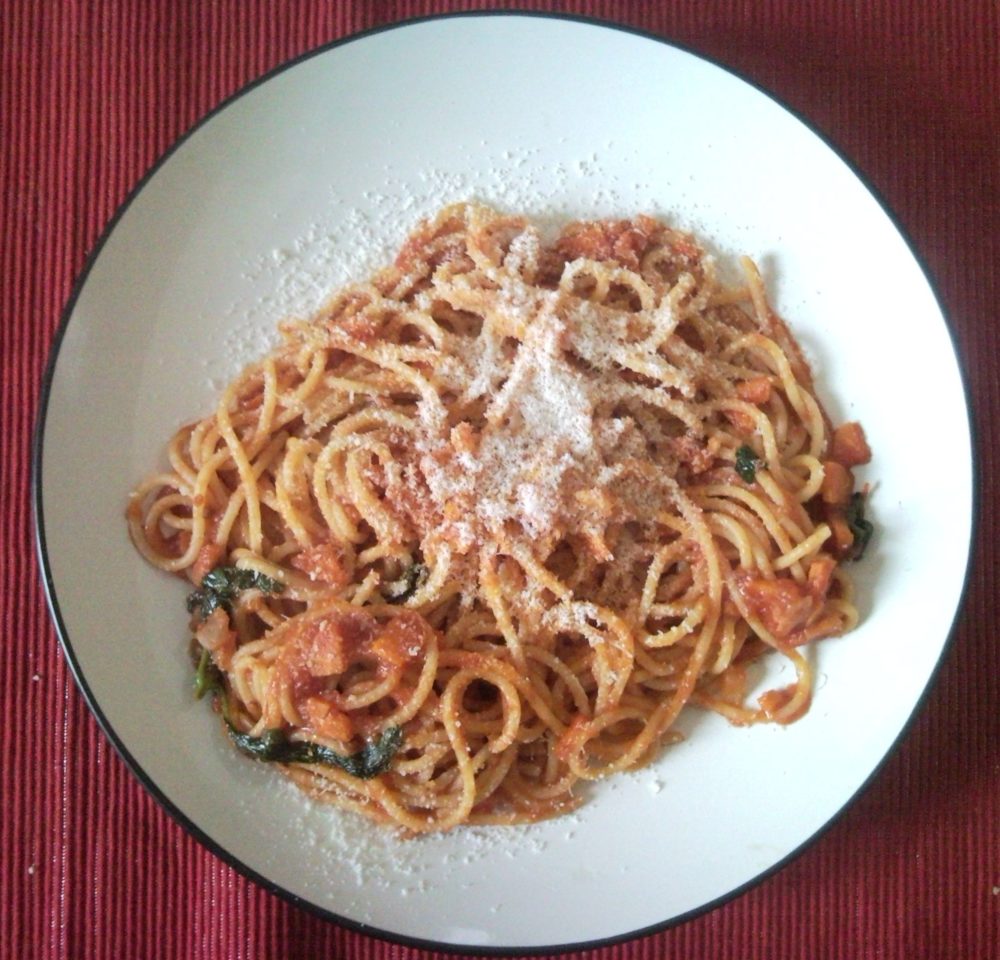

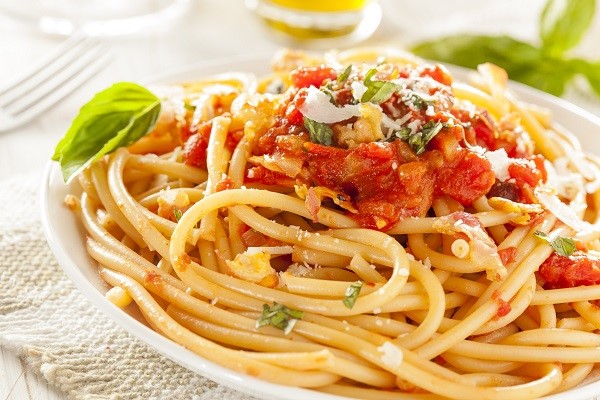
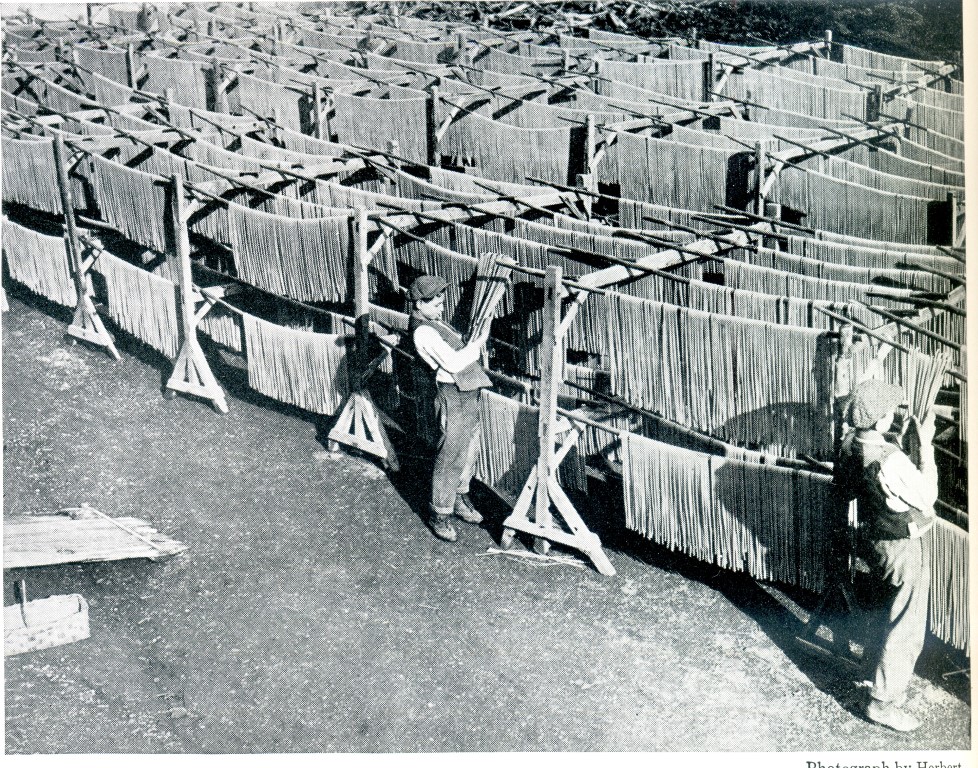
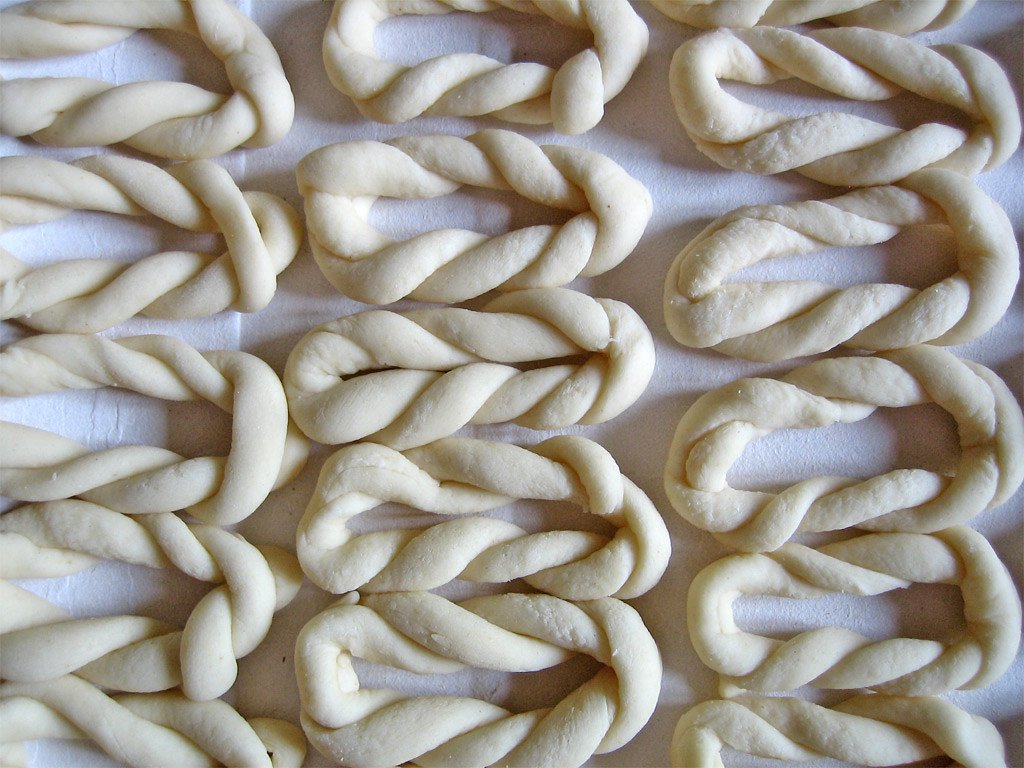
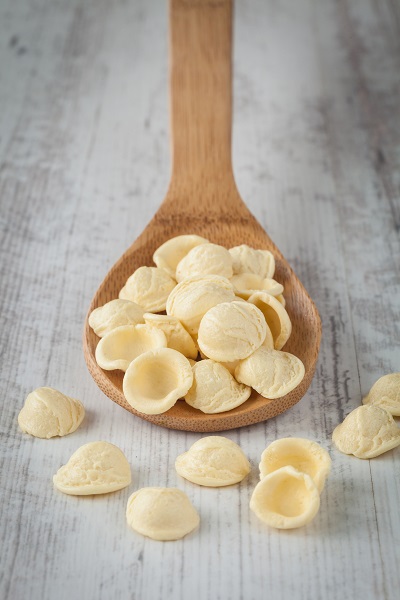








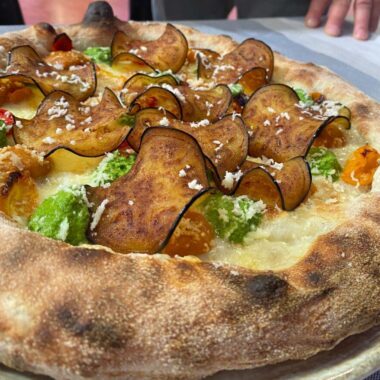



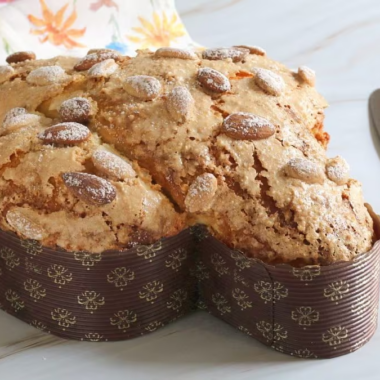
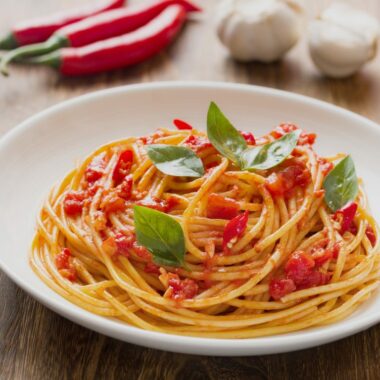

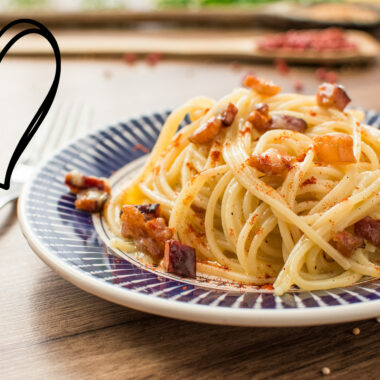

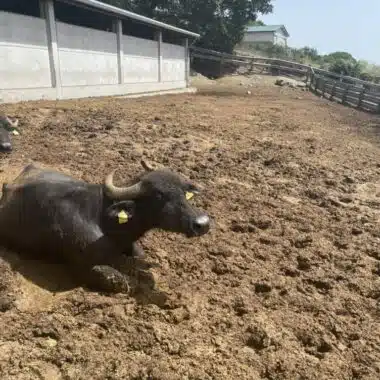

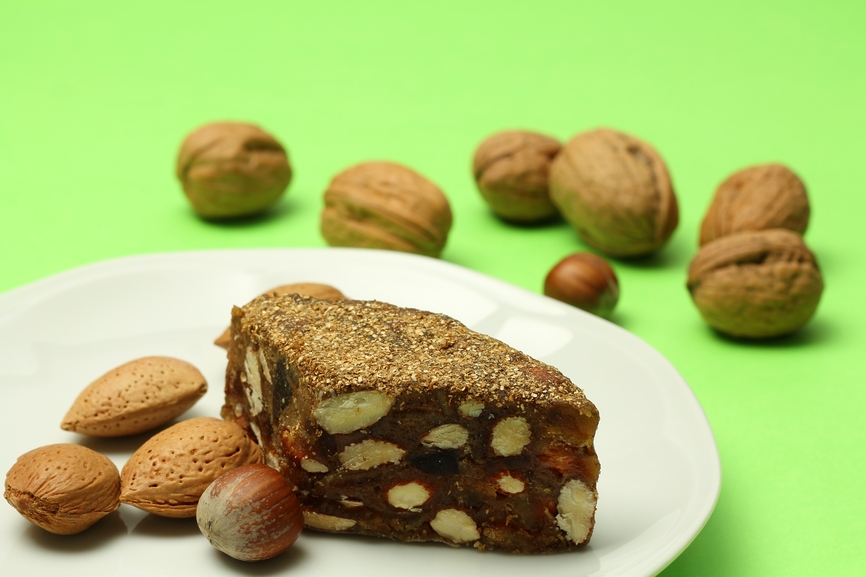
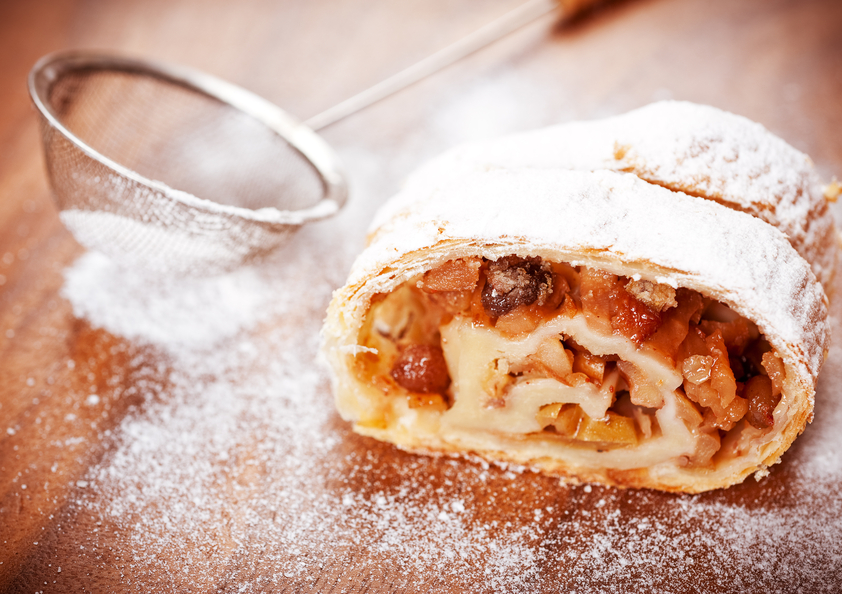
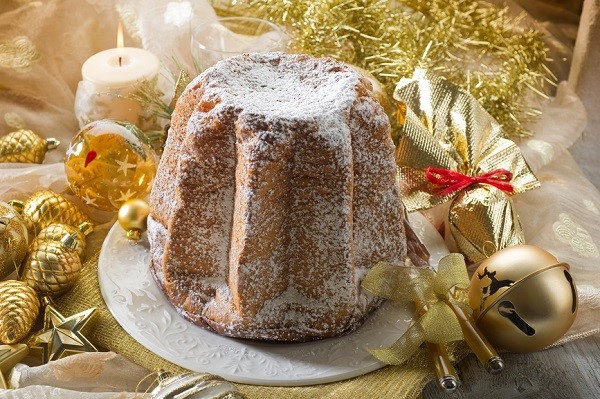
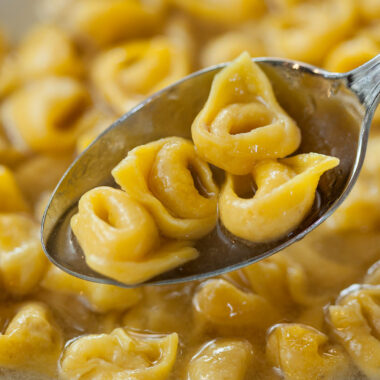
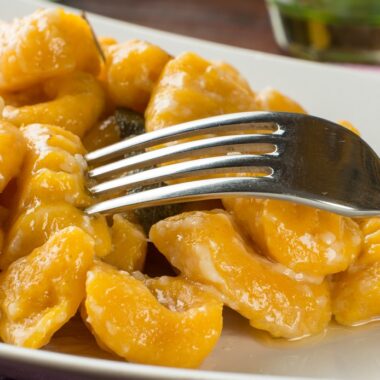


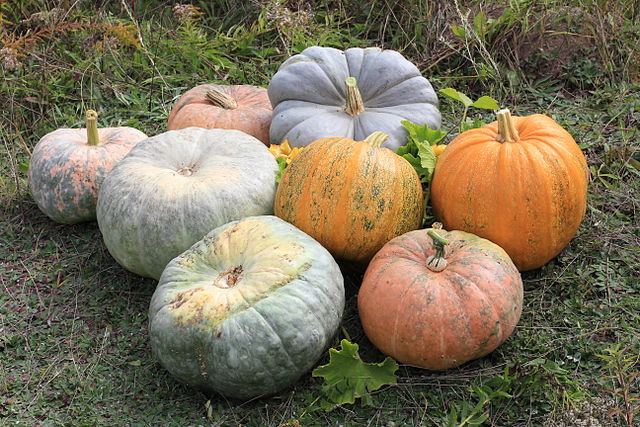
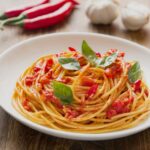
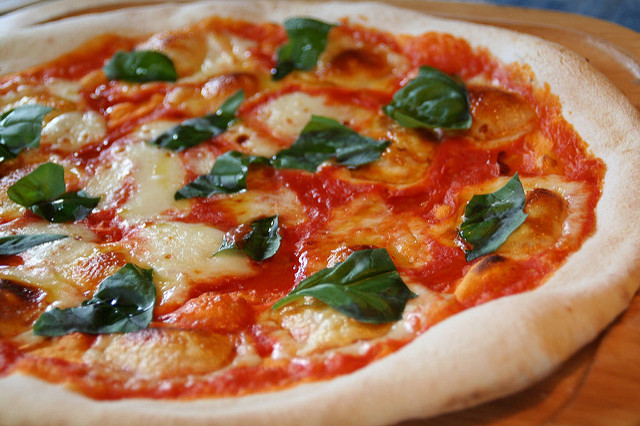
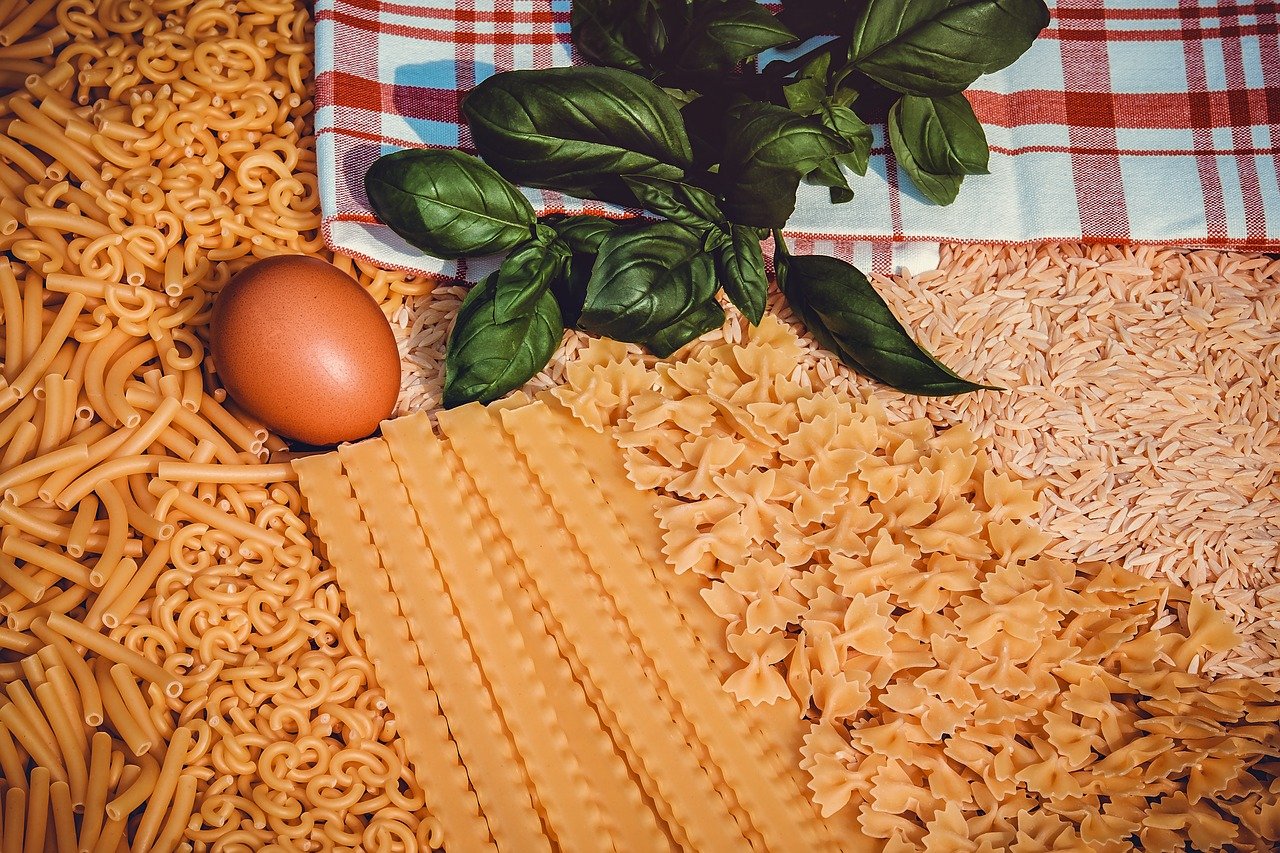
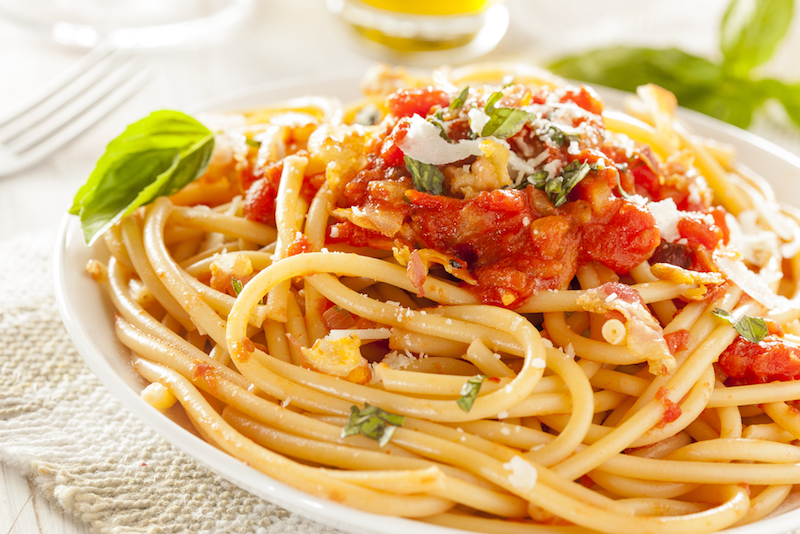
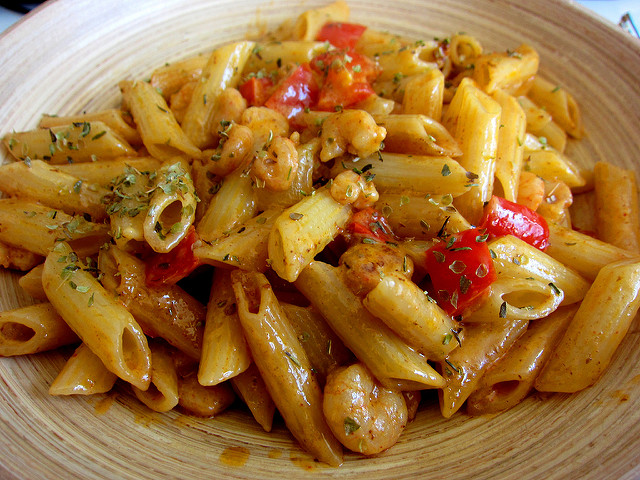
As an Italian man who could eat pasta everyday as a prima piatti. To put it mildly this lady knows what’s cooking. Mom born in Italy, taught me. Through her lifetime I learned all her recipes by cooking by her side. Never measure, cooking tsp/tbs is the palm of your hand always taste with tip of your for sweet and sour. The way you describe cooking pasta finishing in the sauce. Using pasta water to let the pasta finish and absorb the sauces flavors is how Mama taught me. At seventy five that’s still how I do it. I’ve passed all I was taught to my youngest son who like enjoys cooking. Always use fresh ingredients. Our sauce is made and canned from San Marzano tomatoes and basil grown in our garden. My Mom is deceased but when I cook Italian I still feel her looking over my shoulder encouraging me. Great article well expressed.
Well you are not alone – Here are common mistakes I see in the US:
– Pasta cooked without or with too little salt in the water ( It takes a lot of salt in the water )
– Pasta is overcooked
– Often I have seen serving white pasta with the sauce just poured on top of the white pasta ( instead of letting the pasta absorb some sauce in the pan where the sauce was cooked )
– Since now days we can find fresh tomatoes all year round I personally make my red sauce with fresh tomato and fresh basil as main ingredients.
After many years of cooking pasta I realize I have been doing it correctly.